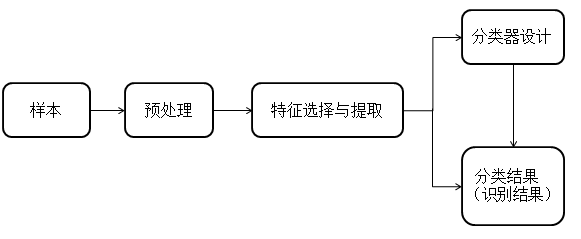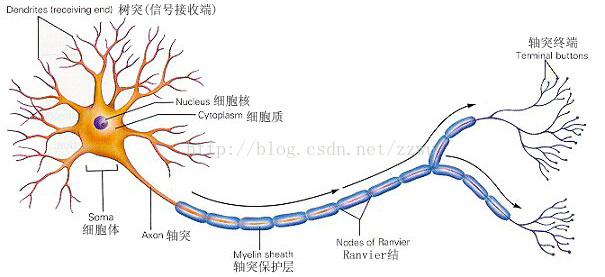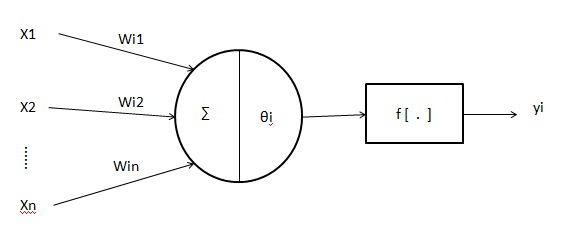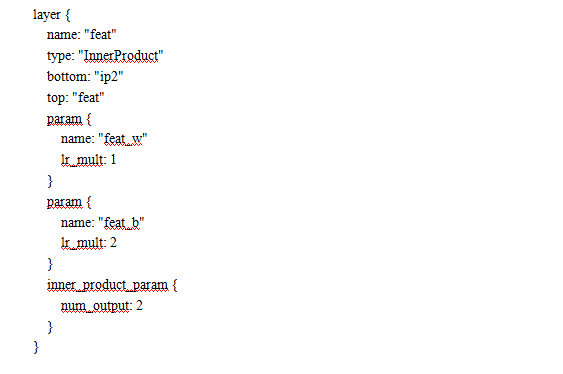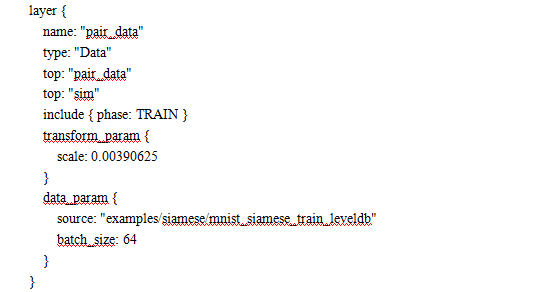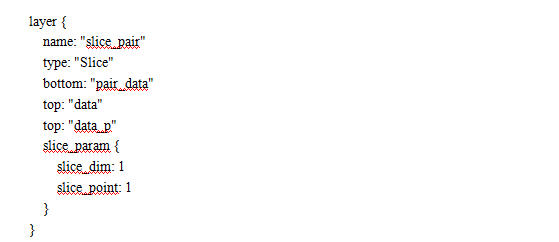论文总字数:22333字
目 录
第一章 绪论 1
1.1 卷积神经网络研究现状 1
1.2 图像识别 1
1.2.1 模式识别与图像识别 1
1.2.2 图像识别的应用 2
1.3 手写数字识别 3
1.3.1 手写数字识别的技术现状 3
1.3.2 手写数字识别的一般方法 3
1.4 手写数字系统的概述 4
1.5 本文内容安排 5
第二章 卷积神经网络 5
2.1 神经网络 5
2.1.1 神经网络的概述 5
2.1.2 神经网络的模型结构 6
2.1.3 神经网络的学习方法 7
2.2 卷积神经网络 8
2.2.1 卷积神经网络的概述 8
2.2.2 卷积神经网络的模型 8
2.2.3 卷积神经网络的架构 9
第三章 MNIST数据集的训练 9
3.1 caffe搭建环境 9
3.2 MNIST数据集的训练 12
3.2.1 LeNet:MNIST分类模型的介绍 12
3.2.2 MNIST数据集的训练与测试 13
第四章 手写数字体图像的识别 14
4.1 数字手写体图像的输入 14
4.2 图像预处理 15
4.2.1 二值化 15
4.2.2归一化 16
4.3 特征提取 16
4.3 系统流程图以及大致工作 17
4.4实验结果 18
第五章 总结与展望 20
5.1 全文总结 20
5.2 未来展望 20
参考文献 22
致谢 24
利用卷积神经网络实现数字手写体图像识别
杨鑫
,China
Abstract:Digital handwriting image recognition is a hot topic in recent years, with a wide range of application prospects, but also a very challenging subject. With the emergence of computer and the development of artificial intelligence, pattern recognition quickly developed into a discipline. The theory and method of its research have been paid more and more attention in many disciplines and fields, which promoted the development of artificial intelligence system and expanded the possibility of computer application. Convolution neural network is a pattern recognition method combining deep learning theory with artificial neural network in recent years. It has become one of the research hotspots in image recognition.
Based on the basic concepts and algorithms of convolution neural network, this paper studies the convolution neural network theory and develops digital handwritten image recognition. Using the caffe software package to achieve MNIST database digital handwriting image recognition, write the appropriate interface to read the digital image for processing. The main work of the paper is as follows:
(1) This paper studies and summarizes the research status of artificial neural network and convolution neural network both at home and abroad, and introduces the basic concepts and principles of convolution neural network. It also analyzes some advantages and disadvantages of convolution neural network.
(2) The traditional convolution neural network is applied to the study of handwritten numeral recognition. In this paper, the active sample learning method is used to construct the effective training set, and the caffe software package is installed under the windows system. And learn through the caffe package to train digital handwritten images in the MNIST database. And through Matlab programming interface and procedures, to read digital images and identify digital handwritten images.
Keywords: Convolution neural network; Artificial neural network; Image recognition; Handwritten digital recognition; Pattern recognition;
第一章 绪论
1.1 卷积神经网络研究现状
卷积神经网络(CNN)[1]是一种受生物自然视觉认知机制启发而来的常见的深度学习架构,。1959年,Hubel amp; Wiesel[2]发现,动物视觉皮层细胞负责检测光学信号。受此启发,1980年 Kunihiko Fukushima[3] 提出了CNN的前身——neocognitron 。20世纪 90 年代,LeCun et al.[4]等人发表论文,确立了CNN的现代结构,后来又对其进行完善。他们设计了一种多层的人工神经网络,取名叫做LeNet-5[5],可以对手写数字做分类。和其他神经网络一样, LeNet-5 也能使用 backpropagation 算法训练。CNN能够得出原始图像的有效表征,这使得CNN能够直接从原始像素中,经过极少的预处理,识别视觉上面的规律。然而,由于当时缺乏大规模训练数据,计算机的计算能力也跟不上,LeNet-5 对于复杂问题的处理结果并不理想。2006年起,人们设计了很多方法,想要克服难以训练深度CNN的困难。其中,最著名的是 Krizhevsky et al.[6]提出了一个经典的CNN 结构,并在图像识别任务上取得了重大突破。其方法的整体框架叫做 AlexNet,与 LeNet-5 类似,但要更加深一些。AlexNet 取得成功后,研究人员又提出了其他的完善方法,其中最著名的要数 ZFNet , VGGNet , GoogleNet 和 ResNet这四种。从结构看,CNN的发展主要体现在:层数变得更多,比如在ILSVRC 2015年的比赛中,ResNet网络的层数是AlexNet网络的20多倍,也是VGGNet的8倍多。网络利用增加的非线性得出目标的近似结构,来得出更好的特性表示,而实现这些性能的方法则是增加深度。然而增加深度则会带来一些风险,比如网络会变得难以优化,很容易过拟合,还增加了网络的整体复杂度。在下文的论述中,首先我们会先介绍卷积神经网络的组成部分,然后介绍卷积神经网络在研究领域的最新进展,最后我们归纳总结一下,卷积神经网络在图像识别和图像分类等相关领域的最新发现。
1.2 图像识别
1.2.1 模式识别与图像识别
在20世纪60年代初,随着计算机和人工智能的发展模式识别(Pattern Recognition)[7~8]迅速发展成一门火热的学科。模式识别是一门较为复杂的学科,现在我们在模式识别领域所做的研究与得出的理论方法也得到了很大的重视,它利用计算机和光学系统的知识,并通过它们来识别计算机得到的图像信息,从一定程度上不仅推动了人工智能系统的发展,同时也扩大了计算机视觉应用的可能性。模式识别有很多种定义,我们一般将它定义为:通过计算机用数学技术方法来研究模式的自动处理和识别。我们将外部的信息(由机器设备观测得来的,通常是图片,声音,信号等信息)输入到计算机中作为样本,模式类是由样本所属的类别或同一类中模式的总体构成的,然后计算机便能自动的分配模式到特定的模式类中。模式识别的基本框架如下图1.1所示:
图1.1 模式识别的框架
模式识别方法大致分为:统计决策法[9~11]、结构模式识别方法[10~11]、模糊模式识别方法[12~14]与基于人工智能方法[15~17]。模式识别的整个过程是将读入计算机的信息样本从样本空间转移到模式类的类别空间的过程。特征选择与提取是提取信息样本的重要环节,提取合适的特征能大大减少信息处理的难度,而提取信息样本又是模式识别中的重要环节,提取出来的特征是否具有代表性,能否全面反映累的本质特征是提取特征的关键,若能全面反映,那么分类器就比较容易设计;否则,分类器设计的难度就增加。
剩余内容已隐藏,请支付后下载全文,论文总字数:22333字
相关图片展示:
该课题毕业论文、开题报告、外文翻译、程序设计、图纸设计等资料可联系客服协助查找;

